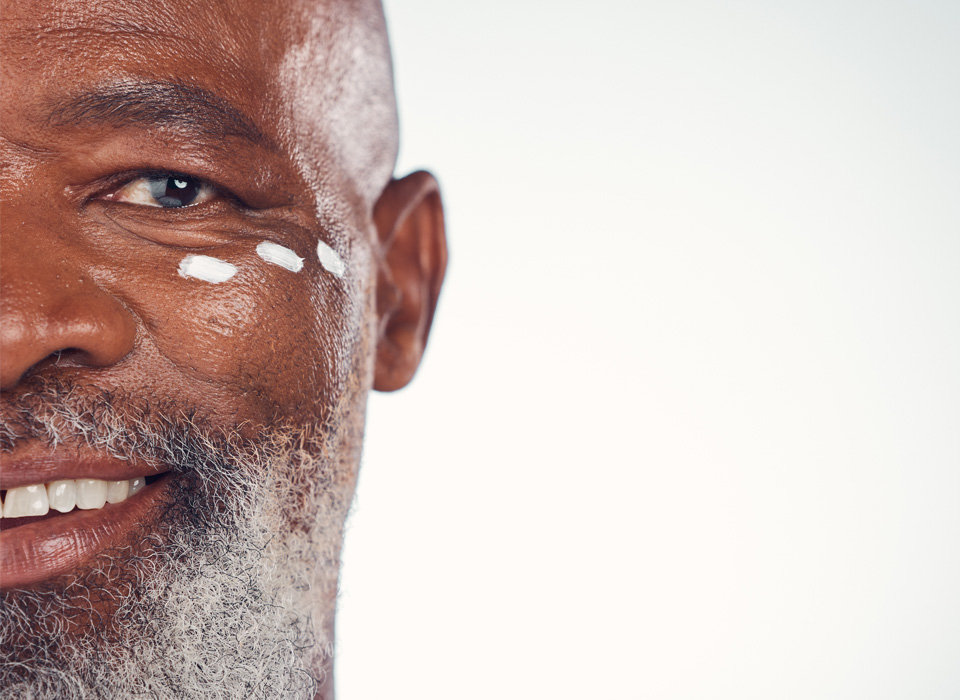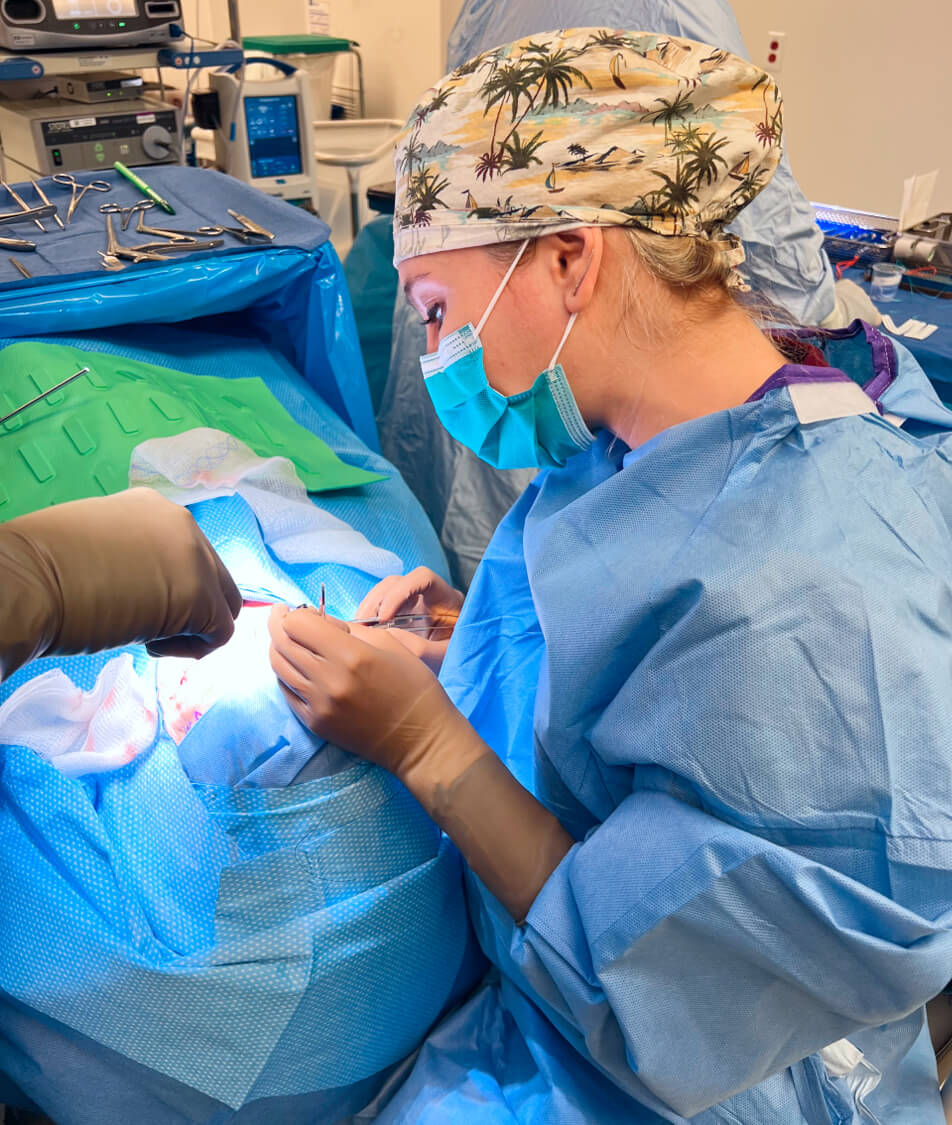Chalazion Treatment and Blepharitis



Anterior Blepharitis: Due to seborrheic or staphylococcal causes, scaly skin, waxy lash bases, and greasy oils are seen in anterior blepharitis. Lid hygiene and eradicating microbes are the mainstay of treatment for this type.
Demodex: A specific type of anterior blepharitis is caused by an infestation of Demodex mites that wrap themselves around the base of the lashes. The Demodex mites can cause inflammation in blepharitis and clog the meibomian glands. This can lead to chronic blepharitis with recurrent flares if left untreated.
Ocular Rosacea: Rosacea is a chronic inflammatory condition of the skin that can also affect the eyelids. The inflammation of the skin and in the tiny blood vessels in the eyelid contribute to this type of blepharitis. By controlling the inflammation, often with avoidance of triggers, such as sun exposure and alcohol, and initiating treatment with anti-inflammatory medications can improve the irritation and redness.
By improving the health of our eyelids and decreasing irritation to the eye, we can do many things at home to help with tearing issues:
Lid hygiene- Scrub your eyelids and lashes daily with baby shampoo. Make this part of your daily routine in the shower. Sometimes hypochlorous acid spray can also help to cleanse the eyelid skin as well as the lashes and rid bacteria.
Warm compresses- Apply a warm wet washcloth to the eyelids, and give yourself a gentle massage over the eyelids. Not only will this feel fantastic, but it will help your oil glands (meibomian glands) secrete a healthier free-flowing oil.
Ocular lubrication- While it may seem counterintuitive to add tears to a tearing eye, dry eyes can often cause the body to oversecrete tears. By using artificial tears to lubricate the eyes a few times throughout the day, this can decrease excessive tearing.

Other Oral Medications- Certain medications can impact the inflammation in the eyelids, such as tetracyclines and macrolides. While these medications are considered antibiotics, Dr. Murdock may recommend doxycycline or azithromycin for their anti-inflammatory properties. This can help in ocular rosacea and decrease the inflammation of the eyelid vessels.
Intense pulse light (IPL)- IPL is a light device that can improve the function of meibomian glands and decrease inflammation in the eyelid vessels. Very few practitioners, Dr. Murdock being one of them, offer this specialized treatment for eyelid inflammation and blepharitis.
Treatment for Demodex- The little mites that attach to the eyelids can be treated with tea tree oil (diluted in water) lid scrubs or a new prescription eye drop called XDEMVY™. XDEMVY™ works by paralyzing the mites so that they effectively fall off of the lashes. The eye drop is used twice daily for 6 weeks to eradicate the mites and improve redness.
Medical Management- An ophthalmic ointment that includes a steroid component and warm compresses with massage (trying to push out the clogged gland) can resolve a chalazion within a few days if implemented immediately. Two important details of this step is the use of an ointment, rather than an eye drop, so that it can penetrate the eyelid into the inflamed chalazion and the initiation of a topical steroid is imperative to the success of this first step.
Steroid Injection- Seeking the care of a specialist, like Dr. Murdock, may offer the opportunity to rid the chalazion early in the course when there is active inflammation. Injection of a steroid, like triamcinolone or dexamethasone, may improve the inflammation and promote healing of the chalazion.
Chalazion excision- If the chalazion is not treated early or if it is inadequately treated, the chalazion may reach a mature state that requires excision. To ensure patient comfort and increase success rates, it is highly recommended to seek out an oculoplastic specialist, like Jennifer Murdock, MD. Dr. Murdock can perform a small in-office procedure that involves an incision on the inside of the eyelid (so that there is no external scar on the skin), can take less than 10 minutes to complete and rid the chalazion once and for all.
Additional treatment of the blepharitis with IPL or long-term oral medications may be needed to prevent the recurrence of these pesky chalazia in the future. Dr. Murdock will discuss more up-to-date options with you as they become available.
12750 NW 17th St, #226
Miami, FL 33182
601 N Federal Hwy, Suite 411
Hallandale Beach, FL 33009
Call: 305-315-5577
